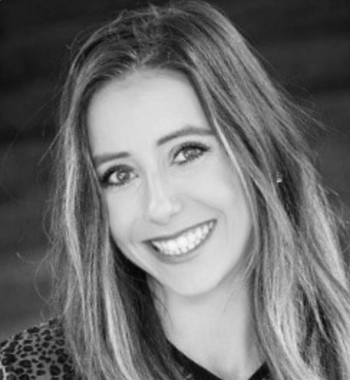Artists hang effigies of lynch victims at UC Berkeley
The cardboard cutouts were taken down by police and students later that afternoon.
“Collective of queer and [people of color] artists” claim to be responsible for the display.
Three effigies representing historical lynching victims were found hanging from nooses around UC-Berkeley’s campus Saturday morning.
Three black effigies representing lynching victims from the past, were found hanging from nooses around UC-Berkeley’s campus Saturday morning.
The cardboard cutouts were discovered a few hours before a police brutality protest organized by the Black Student Union. Campus police and students took down display by the afternoon, though there was confusion as to why the effigies appeared in the first place, according to ABC News.
The anonymous culprits came forward Sunday evening, identifying themselves as a “collective of queer and [people of color] artists” in a statement explaining why they felt the lynchings were still relevant.
“These images connect past events to present ones—referencing endemic faultlines [sic] of hatred and persecution that are and should be deeply unsettling to the American consciousness,” wrote the group, according to Berkeleyside, an independent news site. “We choose to remain anonymous because this is not about us as artists, but about the growing movement to address these pervasive wrongs.”
UCB released a statement Sunday morning, prior to the culprits’ confession, addressing “two hanging effigies...on Sather Gate with reports of a third elsewhere on campus.”
“The African American community has historically faced the terrorism of lynchings used in an attempt to suppress and control,” reads the statement. While we do not know the intent of the effigies, the impact that it has had on our campus community is undeniable.”
“Our campus climate reminds us that we still have great deal of work to do to make this campus a welcoming place for all members,” the statement said. “We recognize the stress and anxiety that current events are generating for the members of our extended community, and have faith that we will emerge stronger and more unified, precisely through our commitment to realizing the inclusion and justice that have long been the promise of this institution and this country.”
Administrators initially debated whether the display was meant to be an artistic form of protest or a tasteless display of racism. However, those responsible declared that the effigies were intended to remind viewers of historical racism.
“For those who think these images are no longer relevant to the social framework in which black Americans exist everyday [sic]—we respectfully disagree,” wrote the artists. “Garner, Brown, and others are victims of systemic racism. For those who think these images depict crimes and attitudes too distasteful to be seen...we respectfully disagree.”
“Our society must never forget. For those under the mistaken assumption that the images themselves were intended as an act of racism—we vehemently disagree and intended only the confrontation of historical context.”
The three effigies, representing real lynching victims from the past, included the victims’ names and years of death. One cardboard cutout depicted Laura Nelson, who was killed in 1911 next to her 18-year-old son, for fatally shooting a deputy in her home.
According to the artists, there were six effigies hung in all. Three others were allegedly hung on the Oakland University campus.
In an email to Campus Reform, James Johnson Jr., the adviser for UCB’s black fraternity Alpha Phi Alpha, suggested “it was not a stretch to interpret full-size images of African-Americans hanging from nooses as an attack on Black America” and recent protests.
“Civil equity is a war that has been fought for centuries and is akin to a cancer in that it is not easy to treat and it continues to hide itself and evolve and grow into different areas—even while we treat the most prevalent portions,” Johnson Jr. told Campus Reform. “The brothers of Alpha Phi Alpha’s Gamma Phi Lambda Chapter believe that it is the duty of all of us who can identify the problems to also do what we can to address the problem.”
UBC students have been at the forefront of Ferguson protests, blocking highways, stopping trains, and organizing marches from Berkeley to Oakland.
The university did not respond to Campus Reform’s request for comment.
Follow the author of this article on Twitter: @MaggieLitCRO

